
Types of Electrostatic Powder Coatings
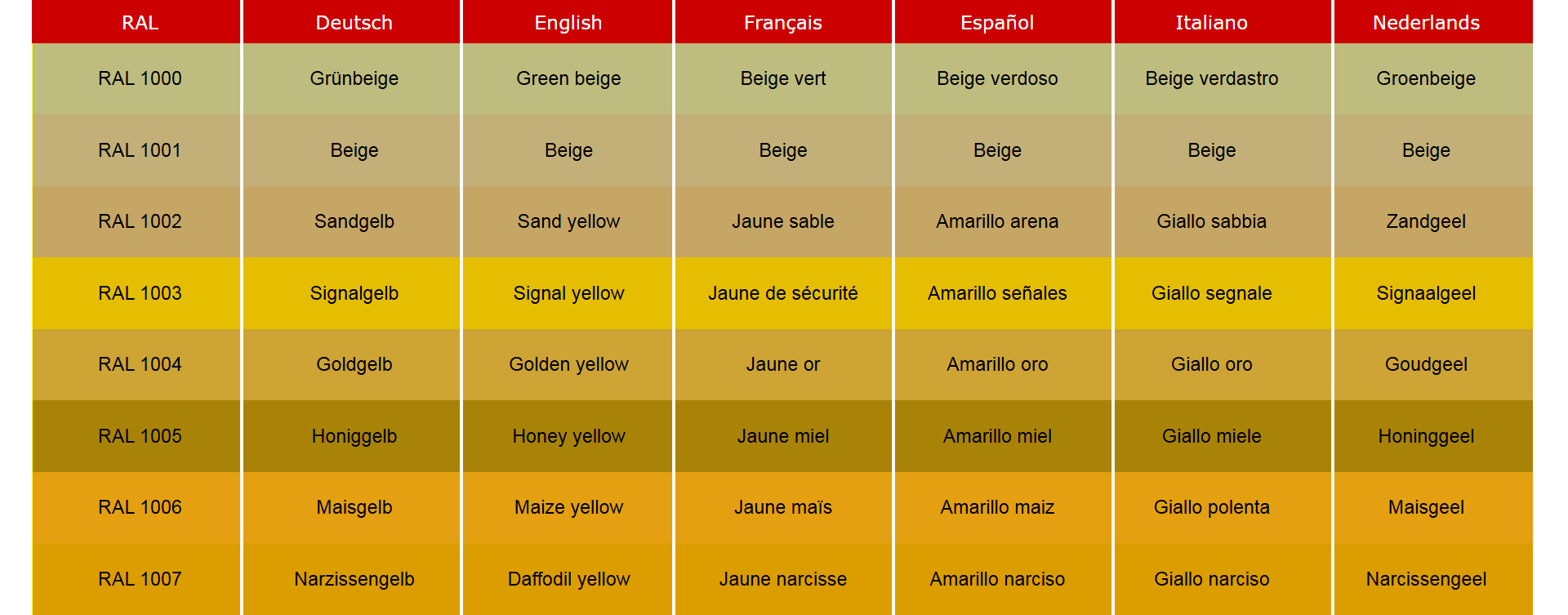
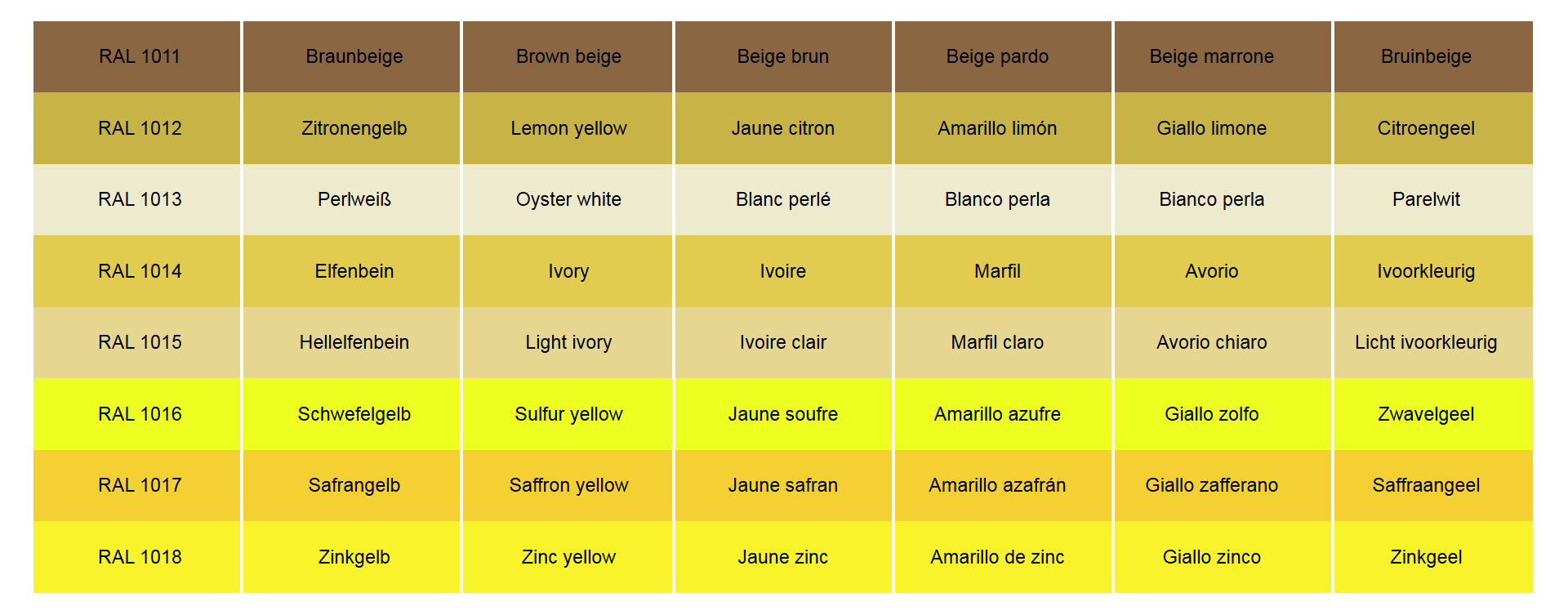
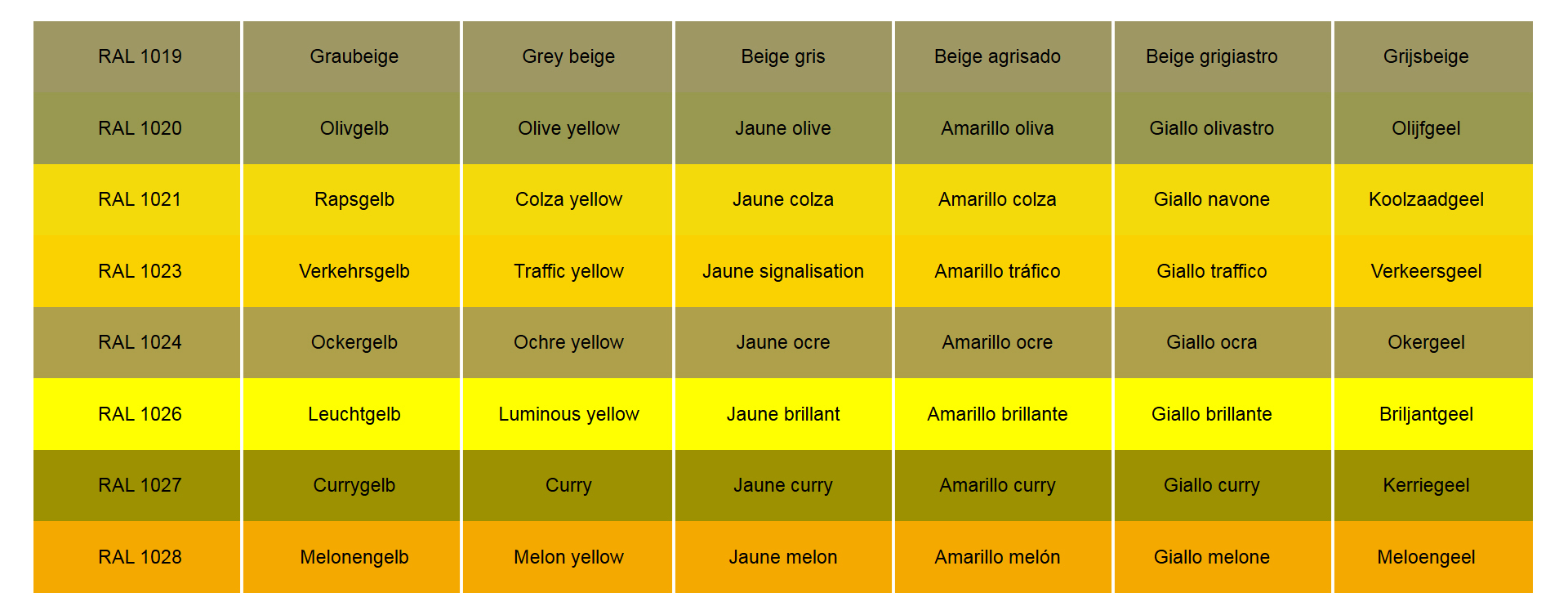
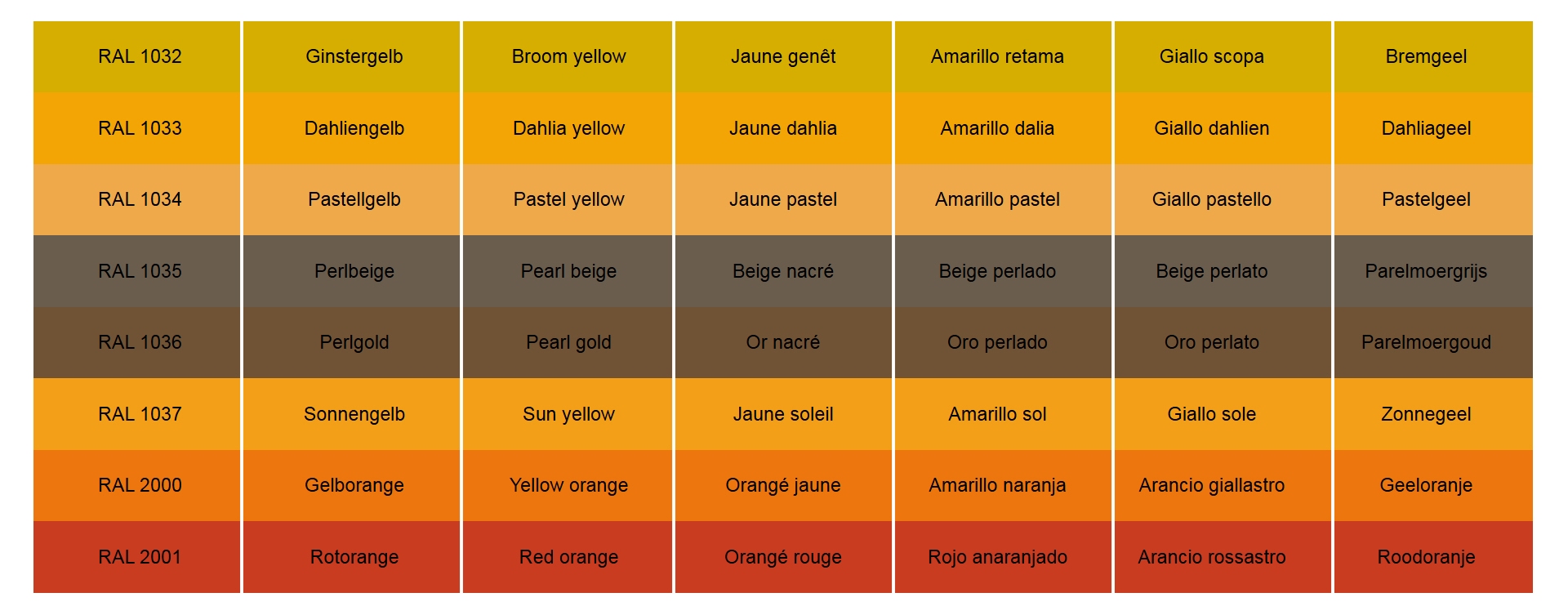
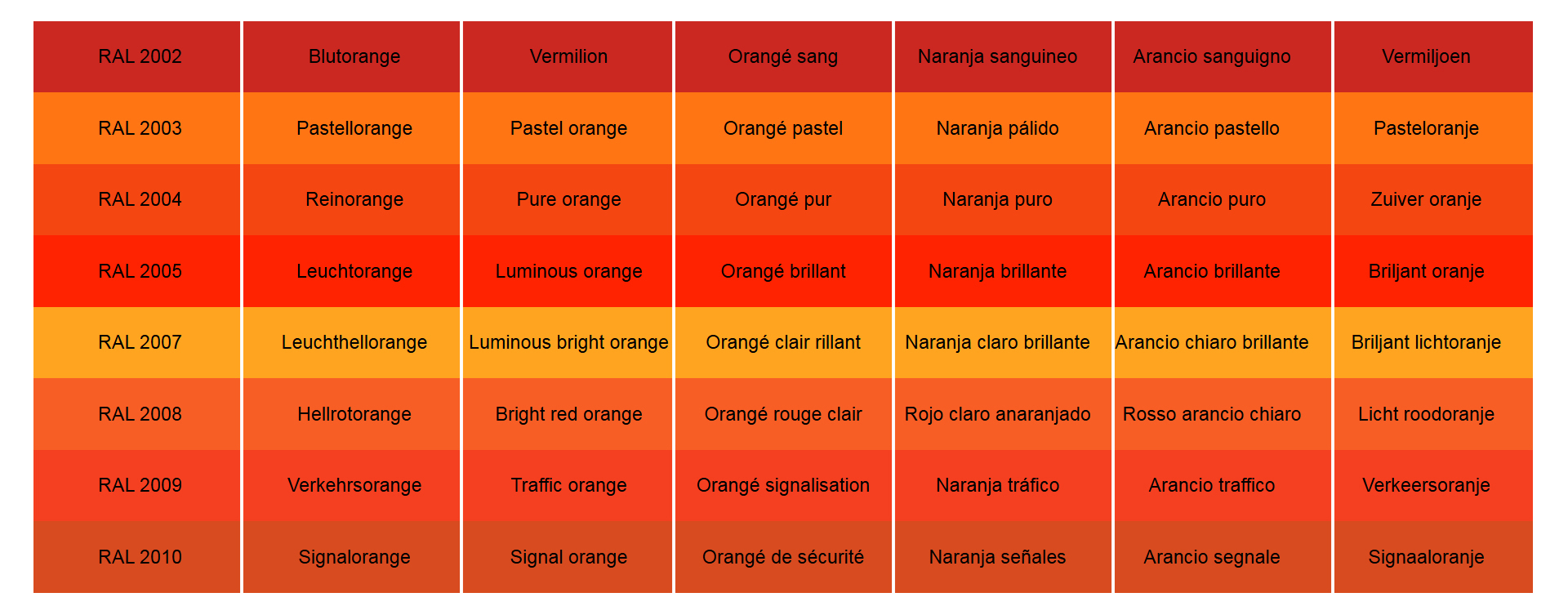

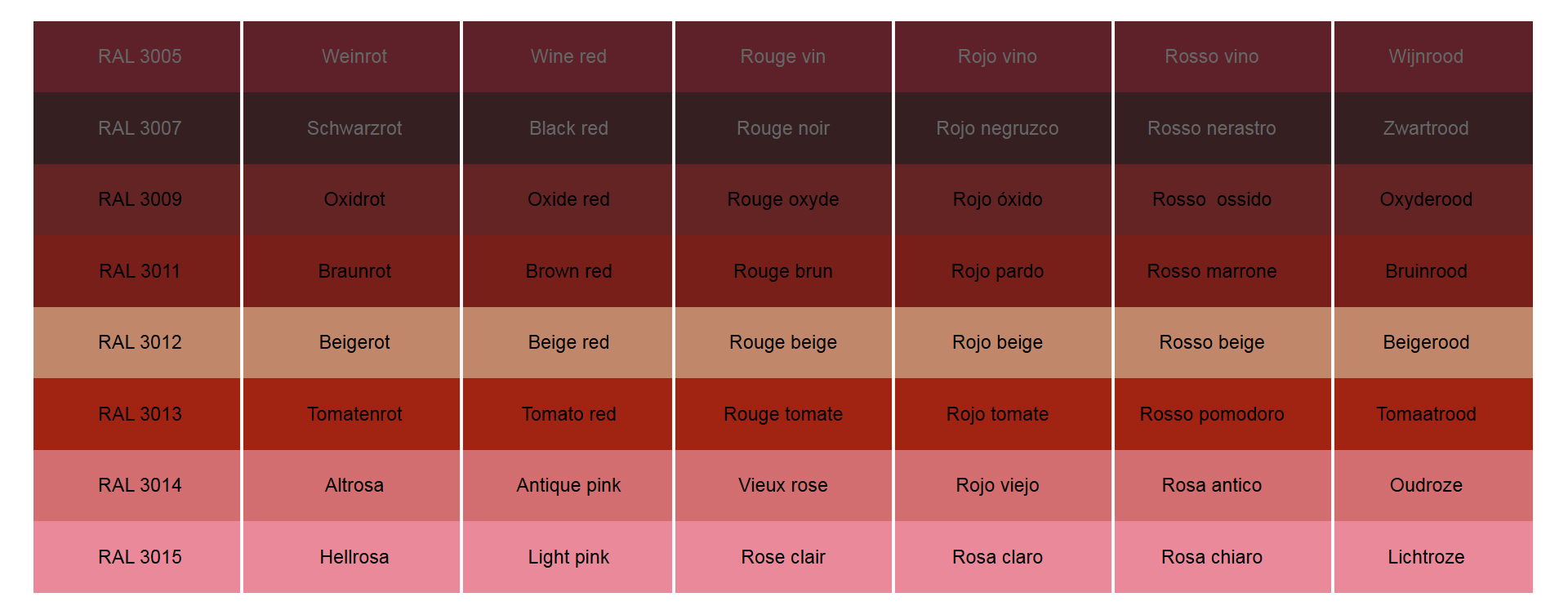
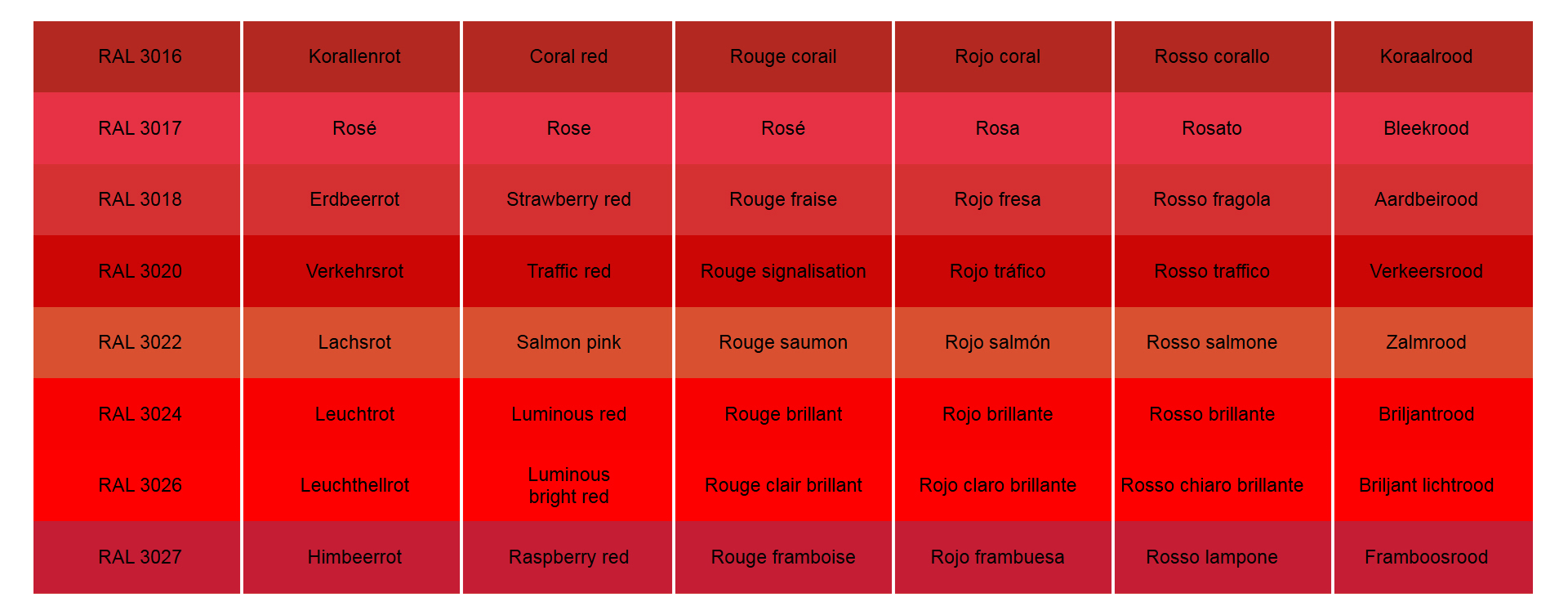
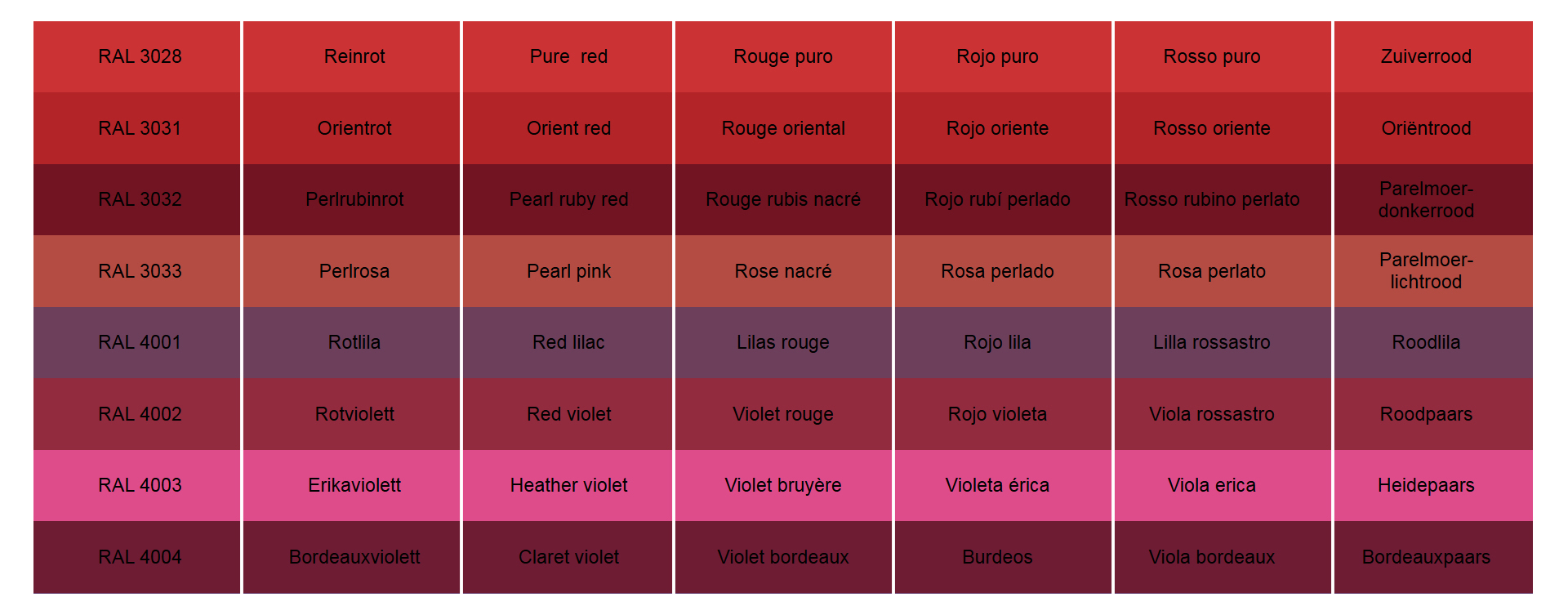
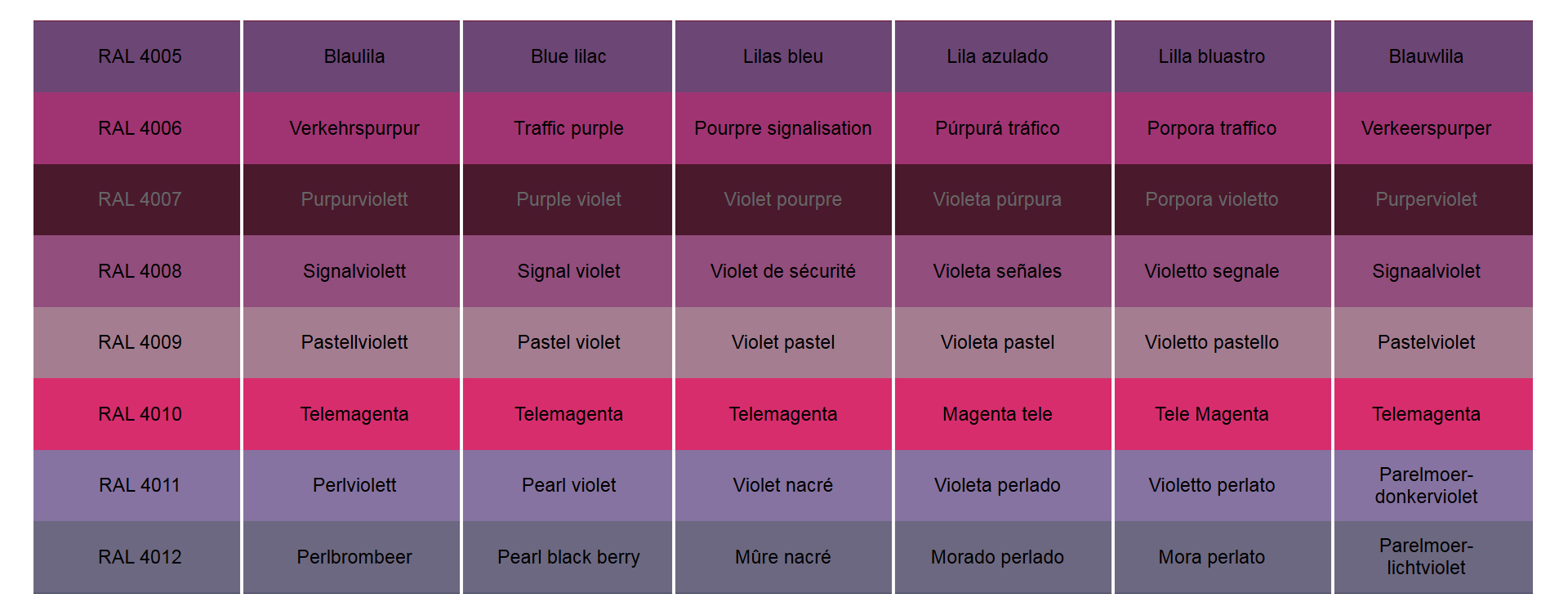
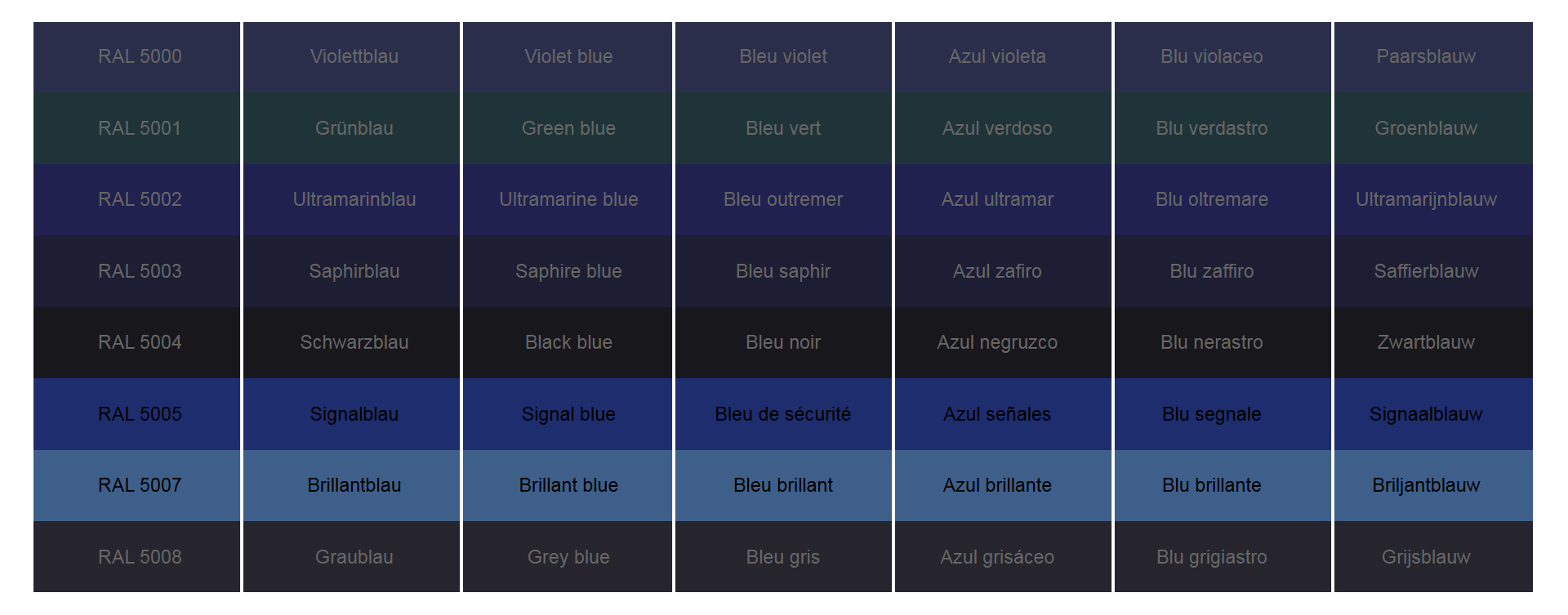
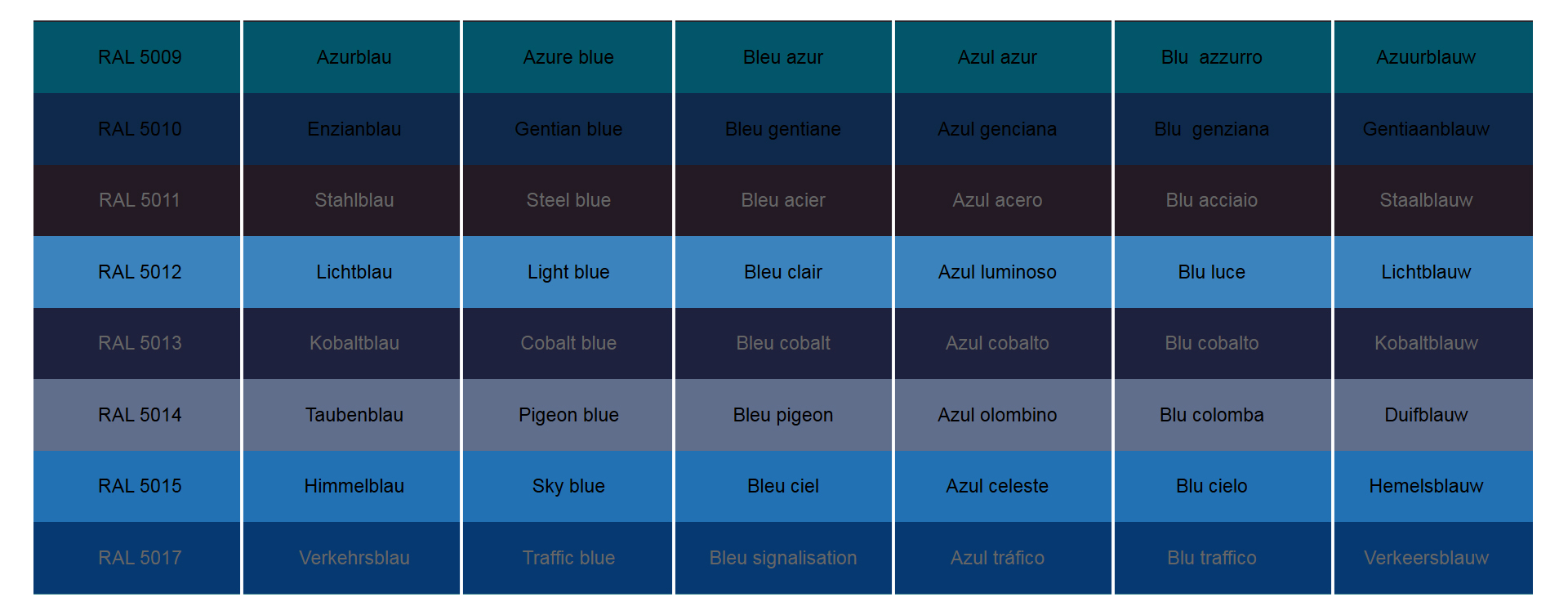

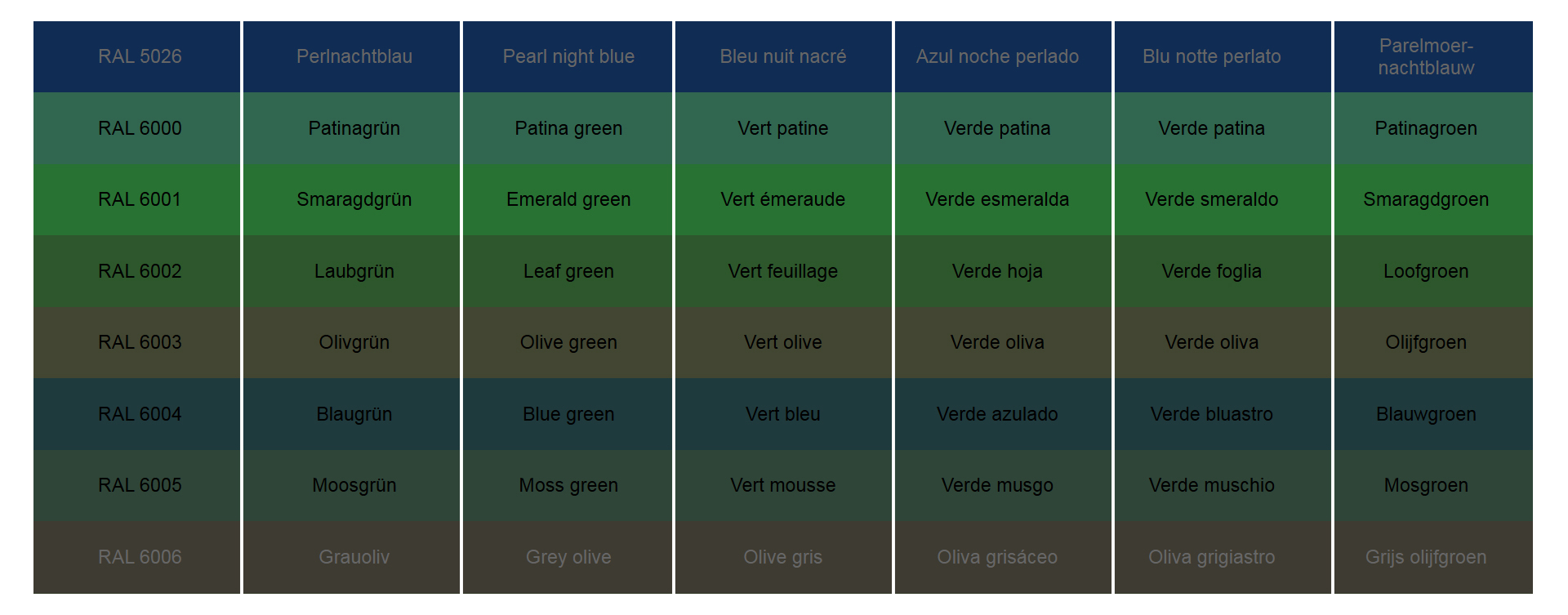




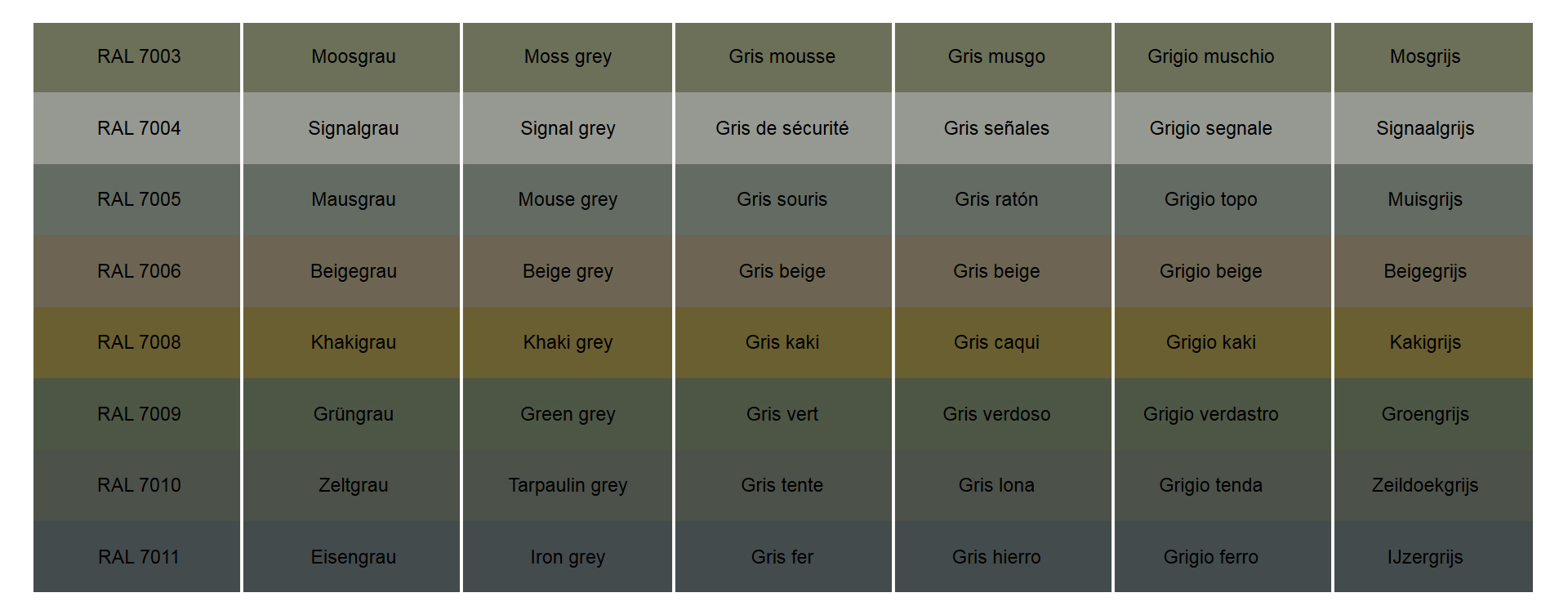
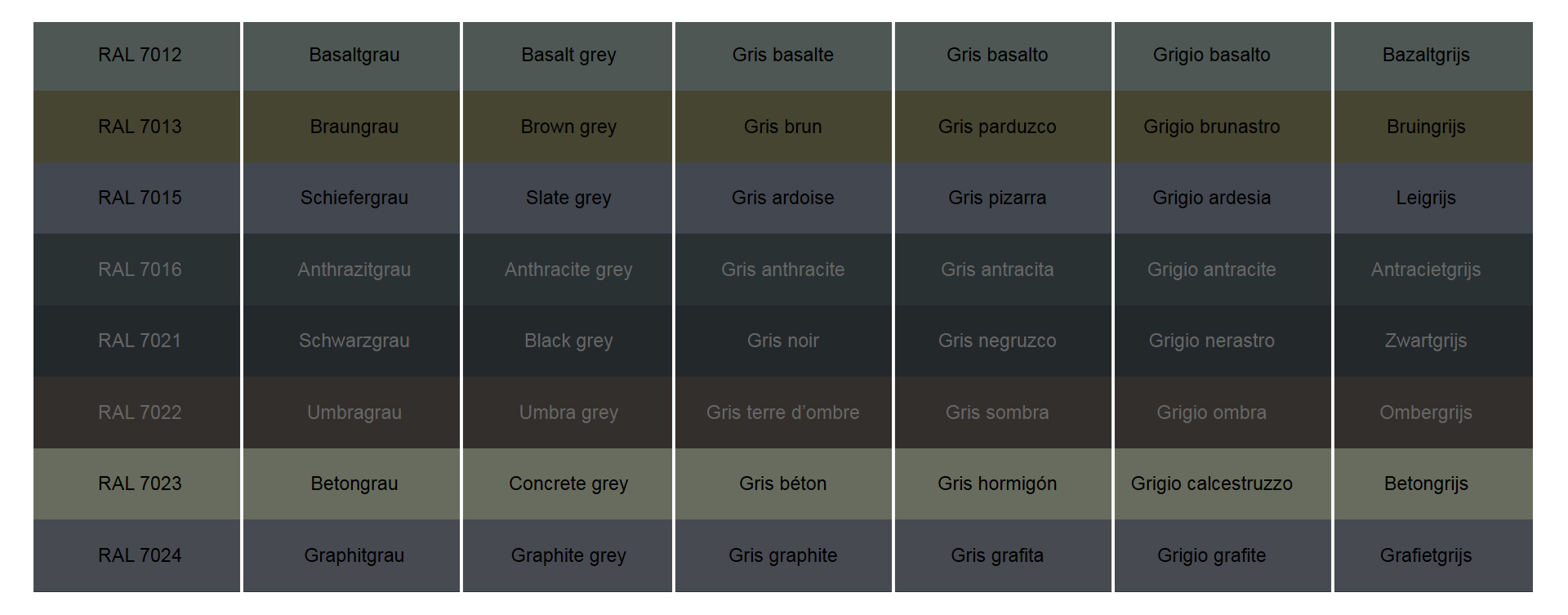
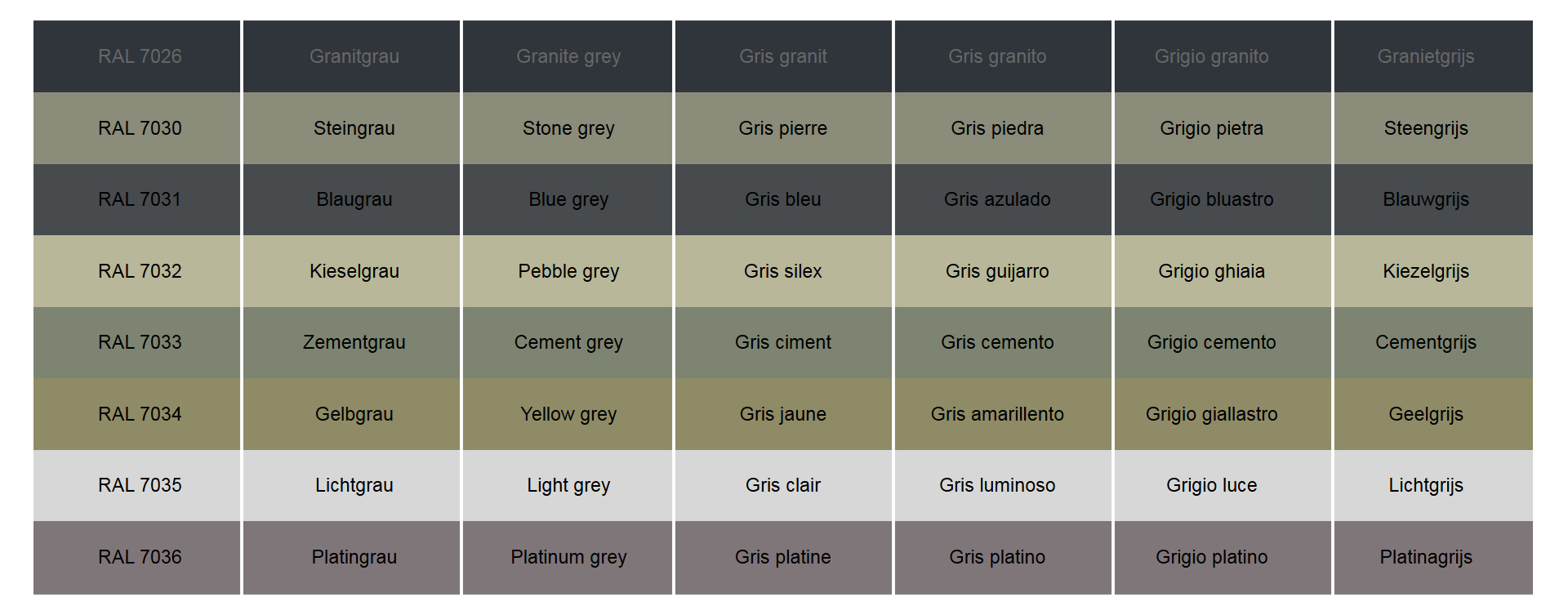


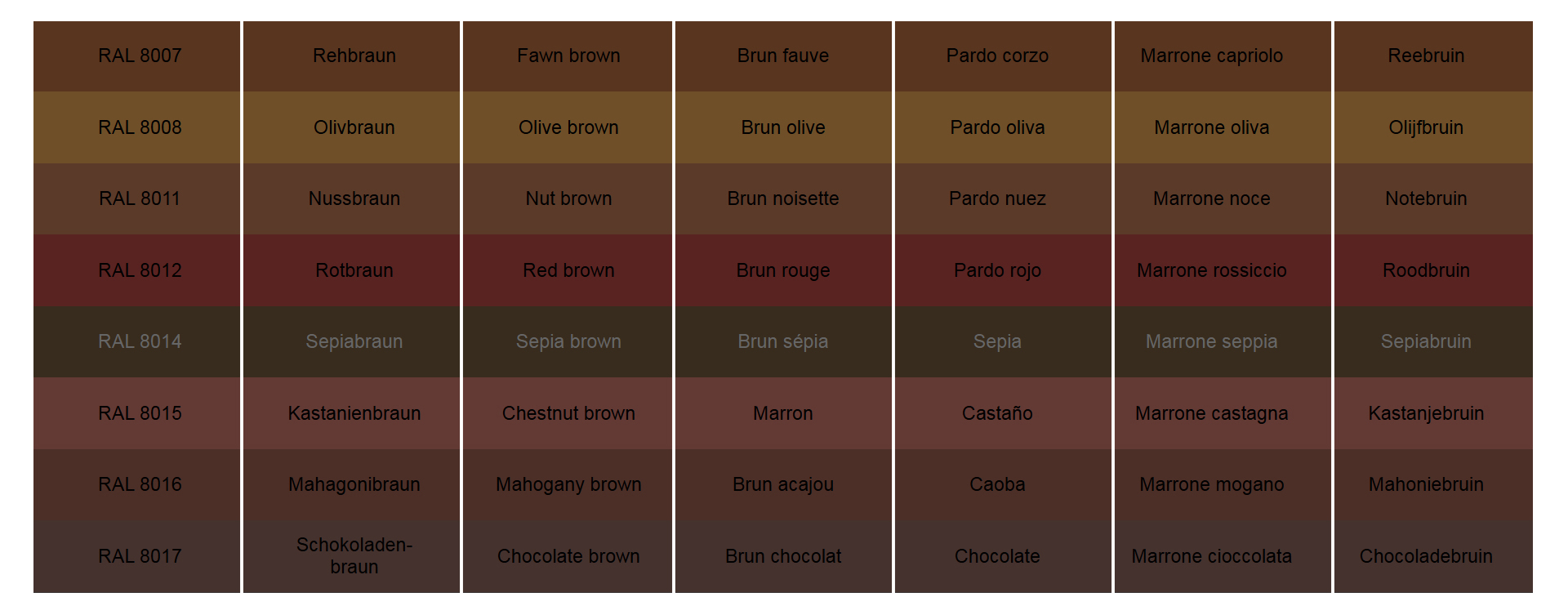

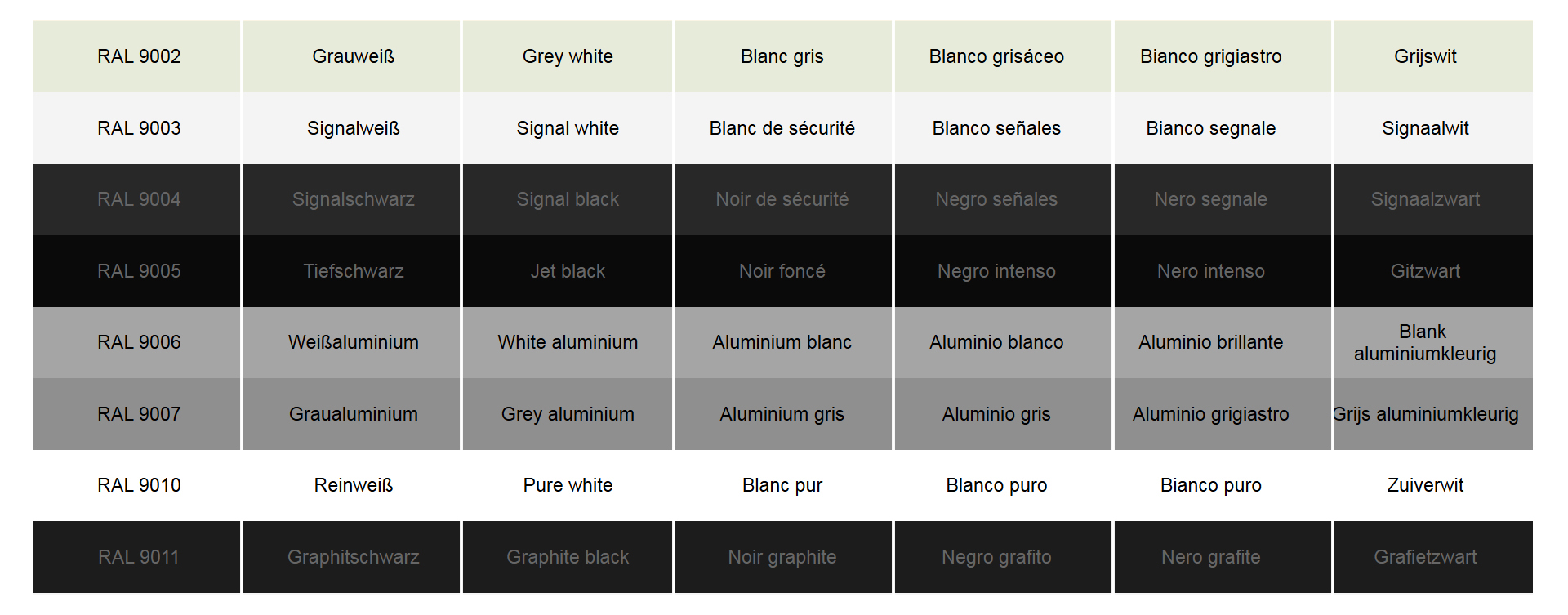
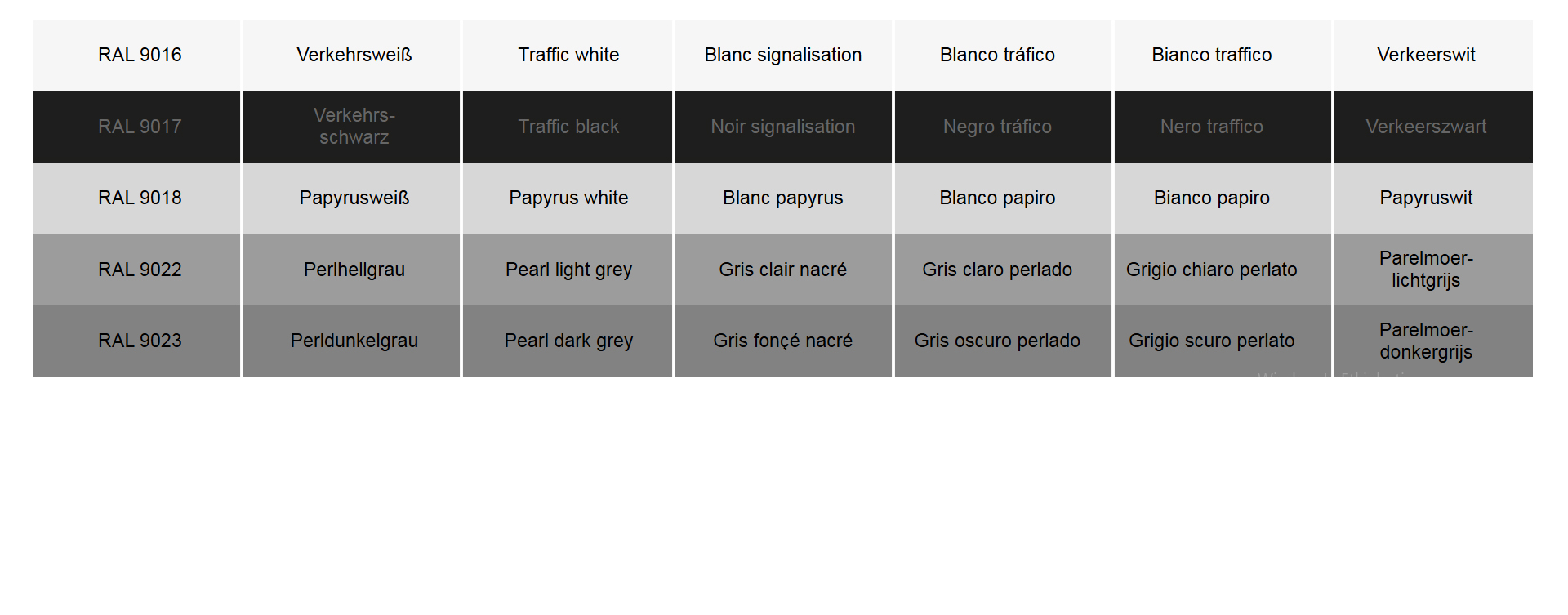
Electrostatic Powder Coating
POWDER PAINT
Electrostatic powder coating is one of the most advanced methods for environmentally friendly, durable and aesthetically pleasing surface coating solutions. In this system, finely ground powdered paint particles are electrically charged using special guns and sprayed onto metal surfaces. The charged powder particles adhere strongly to the oppositely charged surface and are then baked at high temperatures to form a smooth, hard and long-lasting paint film.
This method achieves excellent colour uniformity on surfaces, high impact and scratch resistance, superior corrosion protection and an attractive appearance. Furthermore, it does not harm the environment as it does not contain solvents (VOCs) and offers an economic production advantage with its recyclability.
Electrostatic powder coating is a modern coating technology preferred in many areas, from white goods to automotive, construction to furniture production. It offers solutions suitable for every need with a wide range of colour options, different gloss levels and surface textures.
🎨 Types of Electrostatic Powder Coatings Based on Appearance
1️⃣Opaque (Solid Colour) Powder Coatings
Features: Completely covers the substrate.
Advantage: Ensures colour homogeneity.
Applications: All types of indoor and outdoor metal surfaces.
2️⃣ Matt Powder Coatings
Features: Low gloss level (approximately 5–30%).
Advantage: Conceals fingerprints and minor surface imperfections.
Applications: Office furniture, industrial machinery, interior metal surfaces.
3️⃣ Semi-Matte (Satin) Powder Coatings
Features: Gloss level is between 30–60%.
Advantage: Provides a balanced appearance; both decorative and durable.
Applications: White goods, interior decorative metals.
4️⃣ Glossy Powder Coatings
Properties: Gloss level is 70% and above.
Advantage: Provides vivid colours and a smooth surface effect.
Areas of Use: Automotive parts, aluminium profiles, decorative products.
5️⃣ Metallic Powder Coatings
Properties: Contains metallic pigments (e.g. aluminium, bronze).
Advantage: Provides a bright, sparkling and aesthetic appearance.
Areas of Use: Automotive rims, decorative accessories, advertising boards.
6️⃣ Textured Powder Coatings
Subtypes:
Hammer Textured: Creates a hammered surface effect.
Wrinkle: Provides a wrinkled surface effect.
Sandy: Provides a slightly grainy, matte surface.
Advantage: Conceals surface imperfections and is more scratch-resistant.
Applications: Industrial equipment, furniture legs, outdoor metal structures.
7️⃣ Transparent Powder Coatings
Features: Allows the underlying surface or base colour layer to show through.
Advantage: Provides depth and a special effect appearance.
Applications: Decorative parts, metal accessories, special designs.
Types of Powder Coatings
COATING TYPES
Powder coatings are classified according to the type of binder resin:
Epoxy Powder Coatings: High chemical resistance, preferred for indoor use.
Polyester Powder Coatings: High UV resistance, suitable for outdoor applications.
Epoxy-Polyester Hybrid Paints: Provide both durability and aesthetic balance, generally used indoors.
Polyurethane Powder Paints: High gloss and scratch resistance.
ADVANTAGES OF POWDER PAINT
Environmentally friendly: Does not contain solvents (VOC).
High efficiency: Excess powder can be recovered and reused.
Durability: Provides high resistance to corrosion, chemical and mechanical effects.
Aesthetic quality: Produces homogeneous, smooth and flawless surfaces.
Economical: Offers low material waste and long-lasting results.
Powder Coating Application Principle
Surface Preparation:
For the powder coating to adhere properly, the metal surface is cleaned of grease, dirt, rust and oxides. This is usually done using chemical processes such as phosphating or chromating.
Powder Loading:
The powder coating is sprayed using a special electrostatic gun. This gun imparts an electrical charge (usually -60 to -100 kV) to the powder particles.
Adhesion:
The charged powder particles adhere to the grounded (oppositely charged) metal surface through electrostatic attraction.
Baking (Curing):
The painted surface is baked in an oven at 180–220°C for 10–20 minutes. During this process, the powder particles melt, spread and form a hard, smooth and durable film layer through a chemical reaction.
